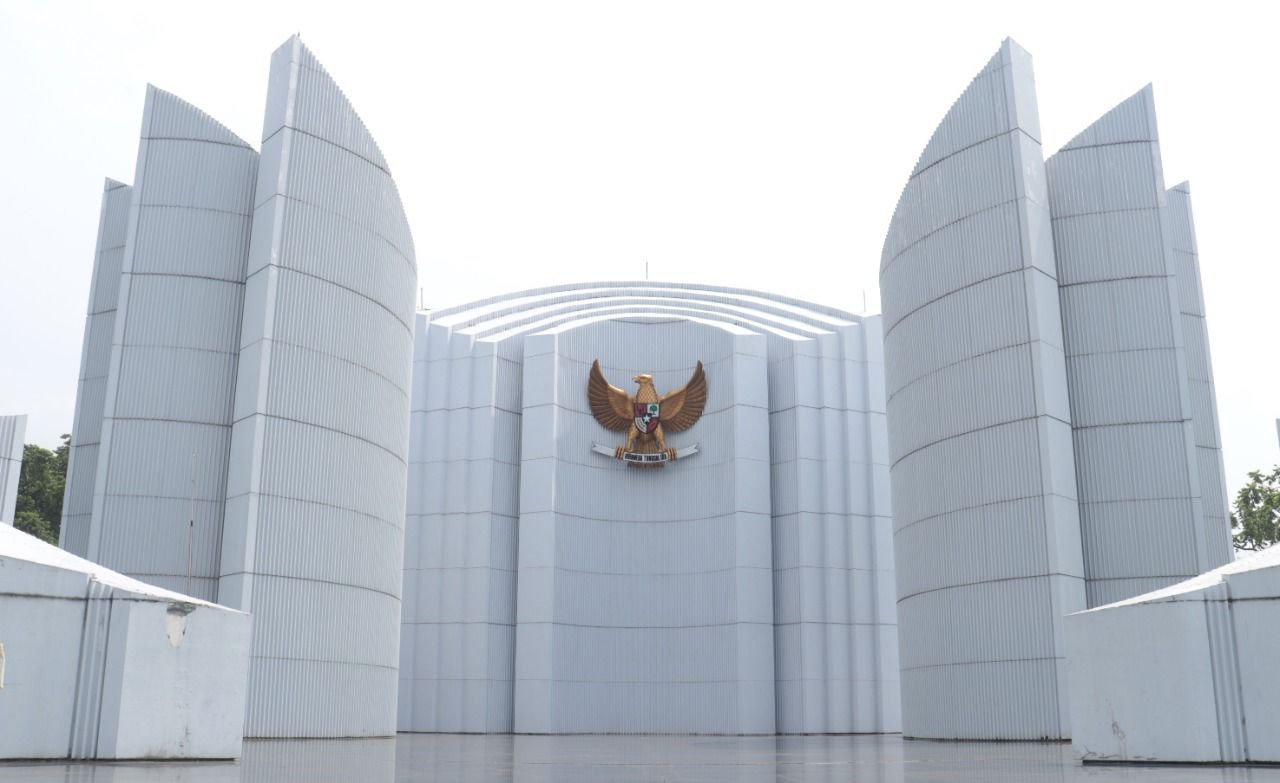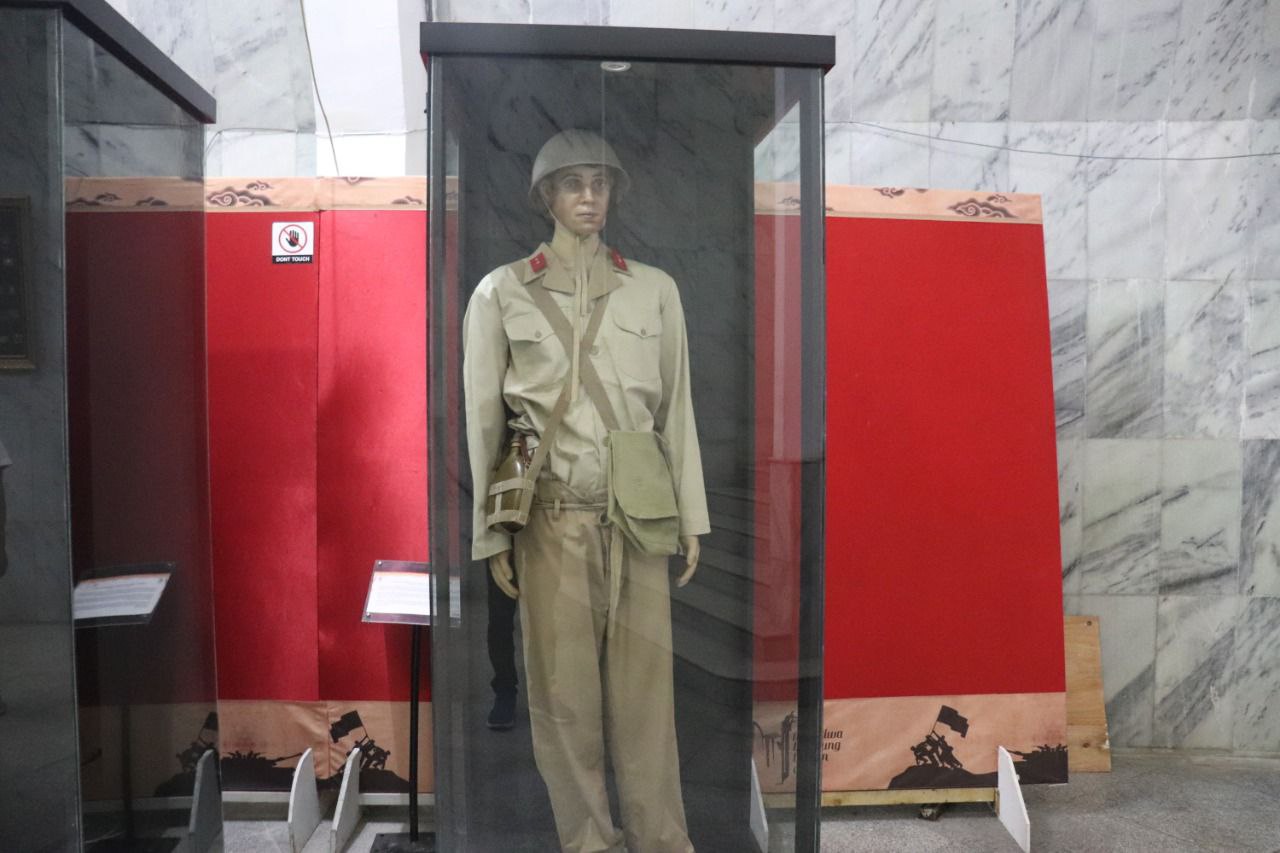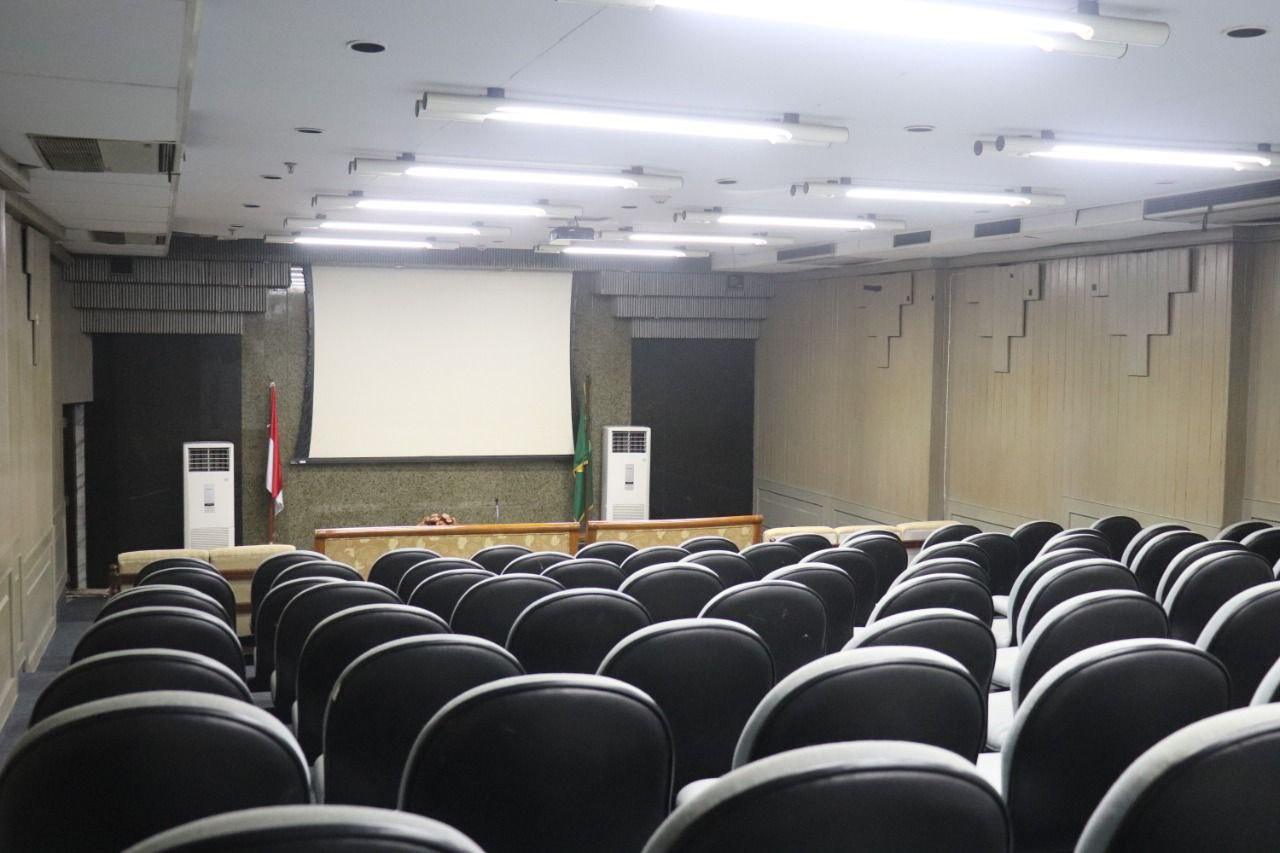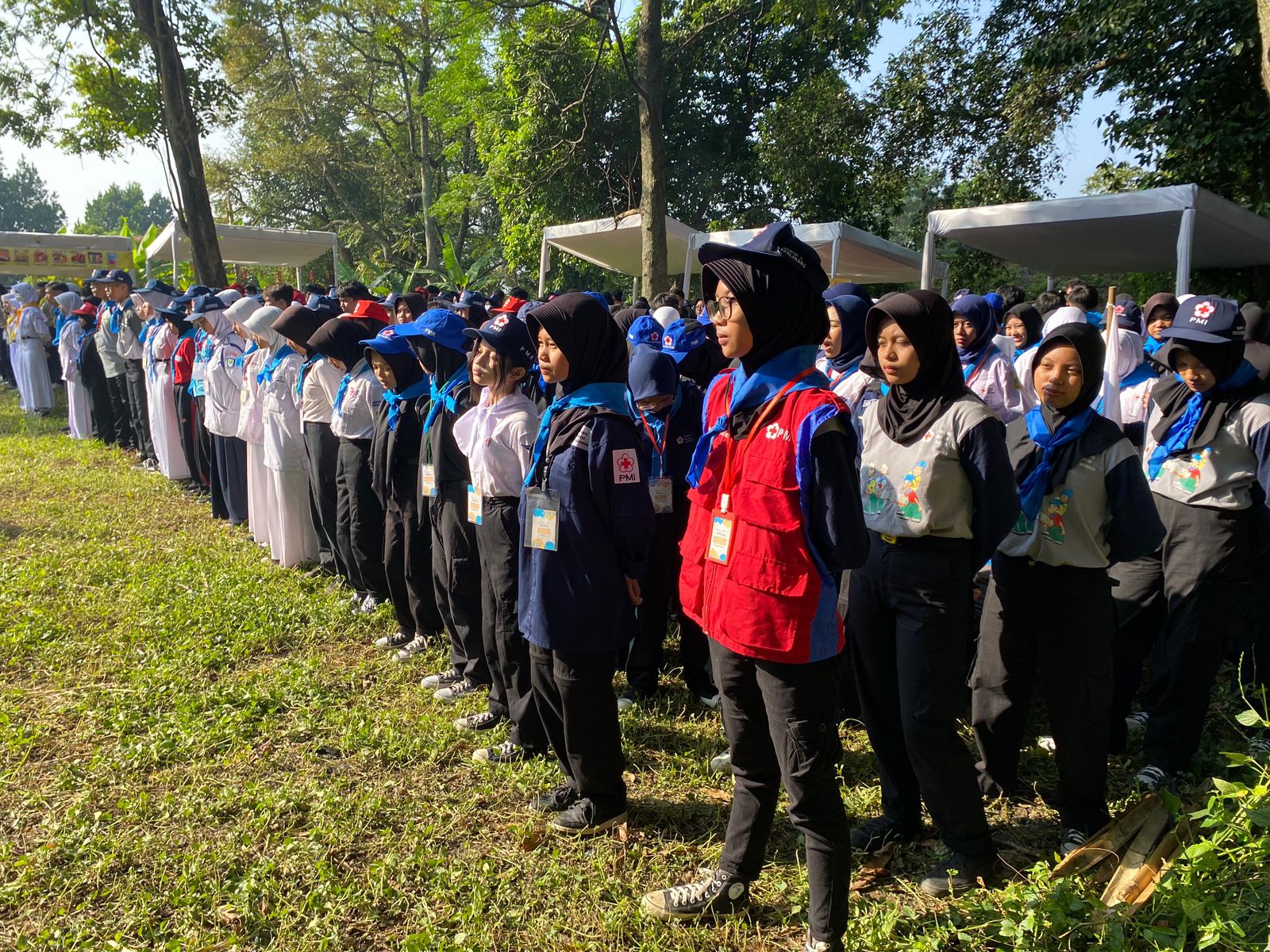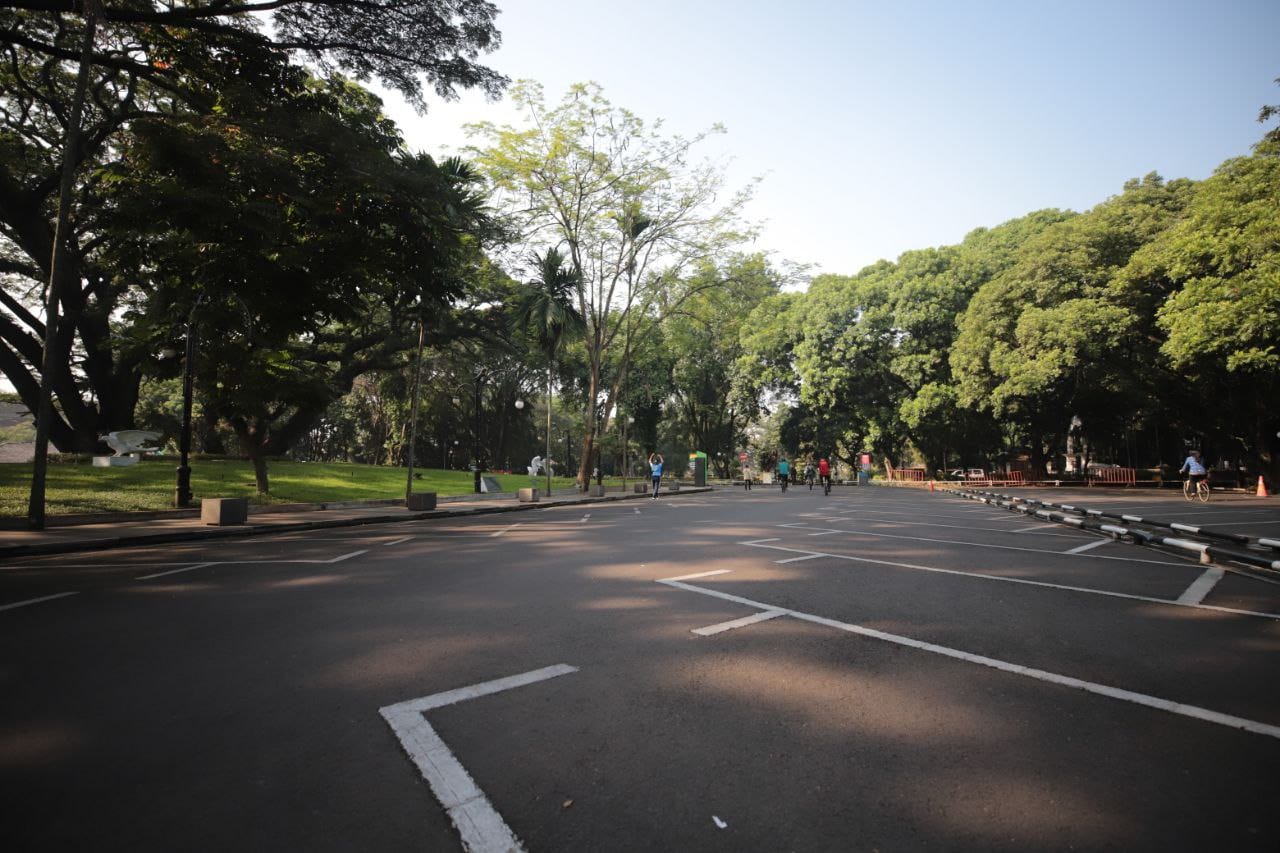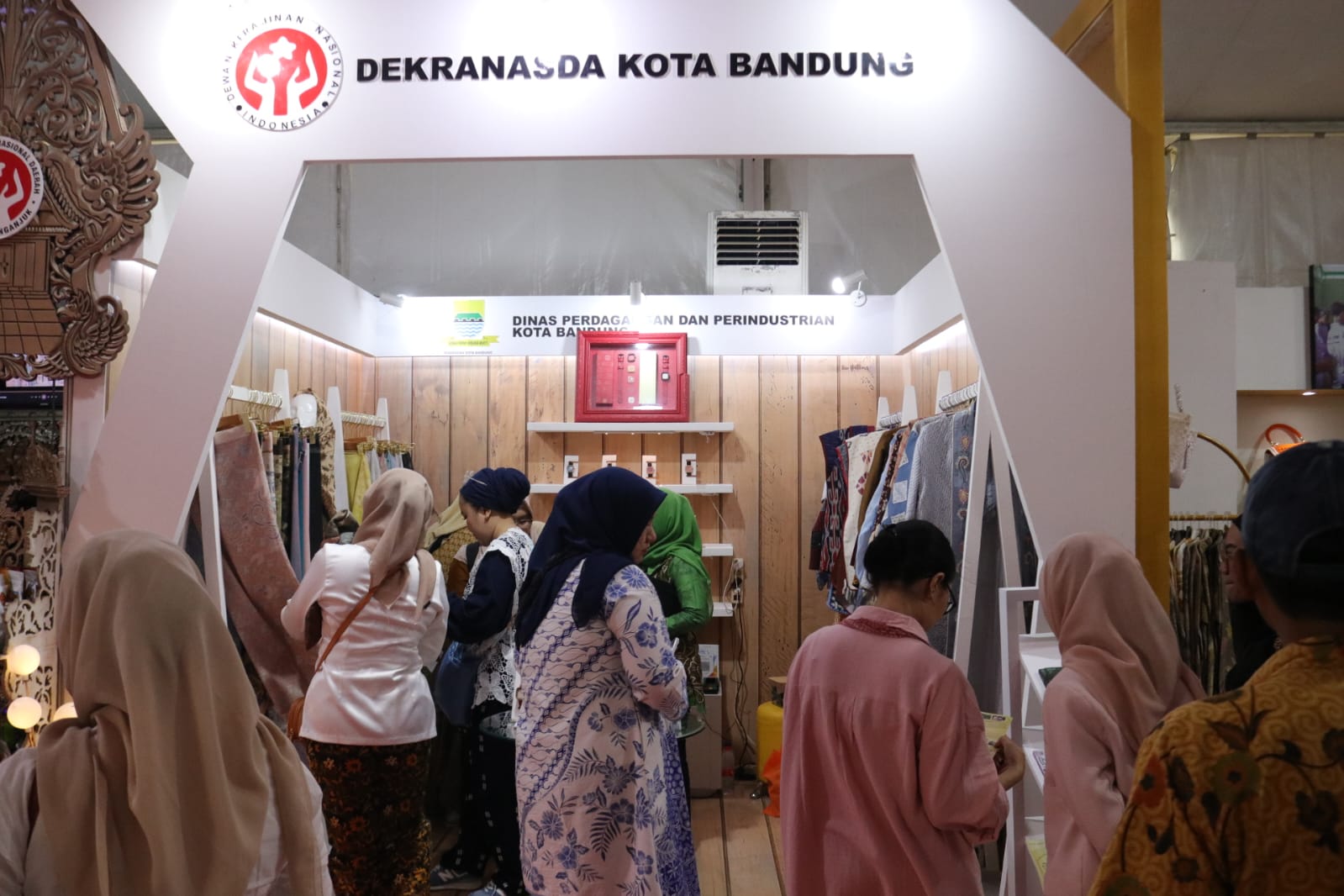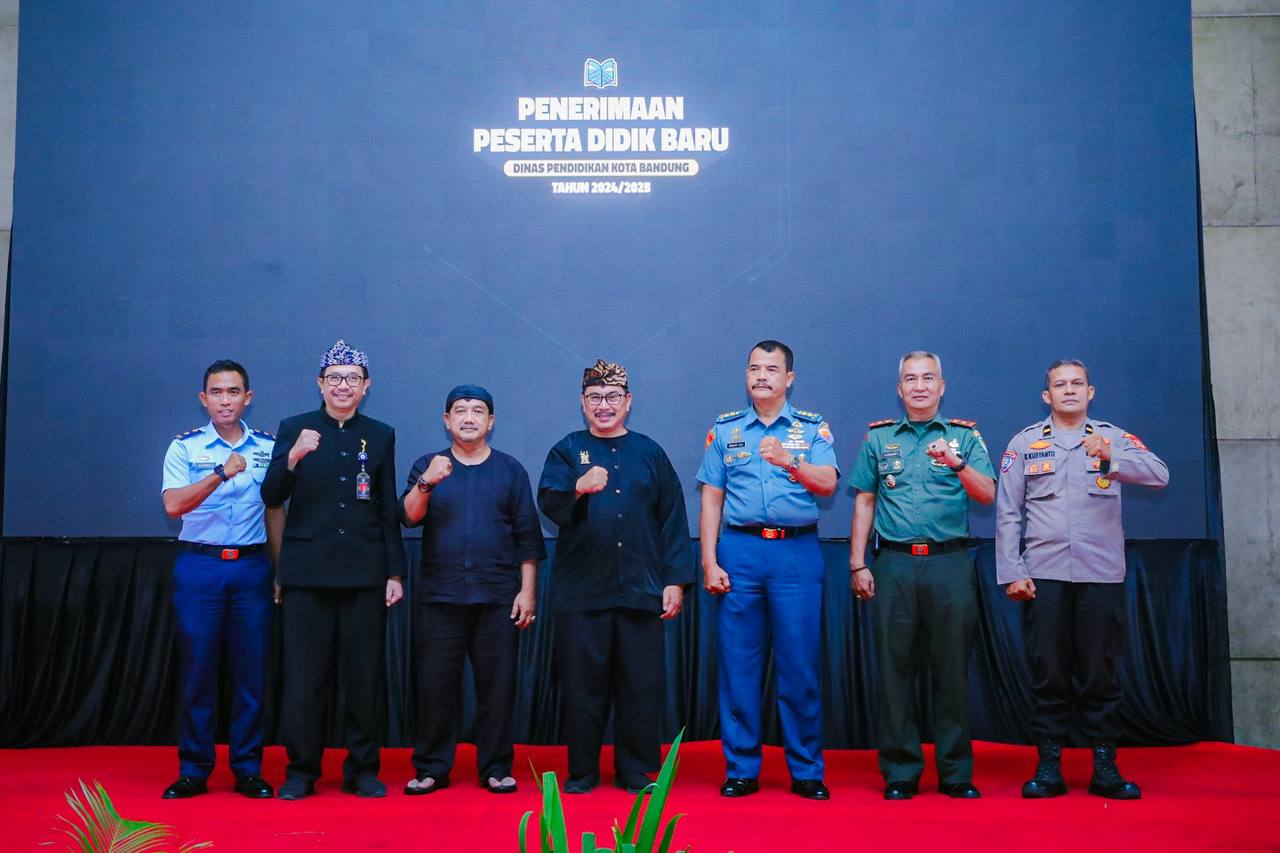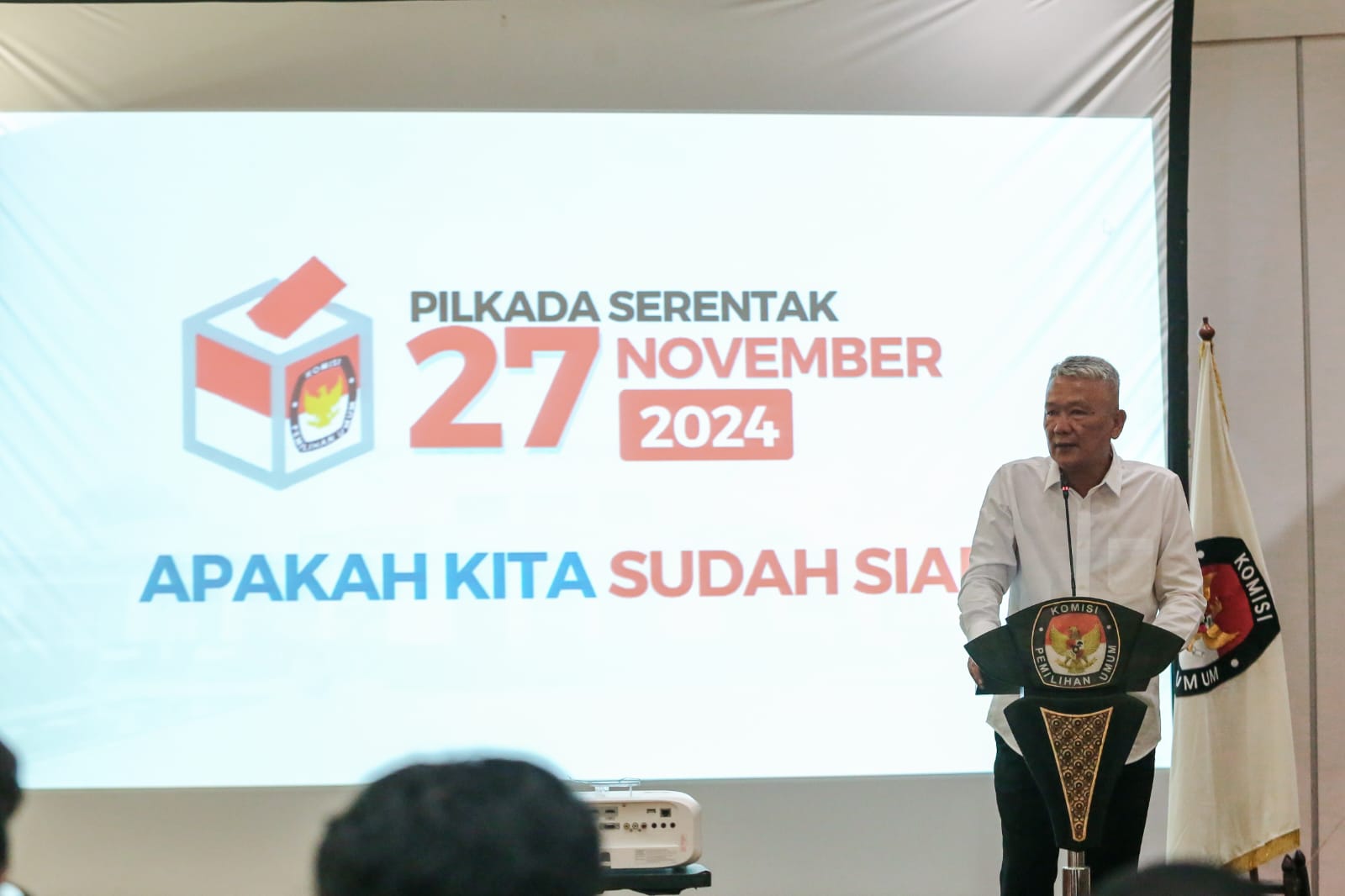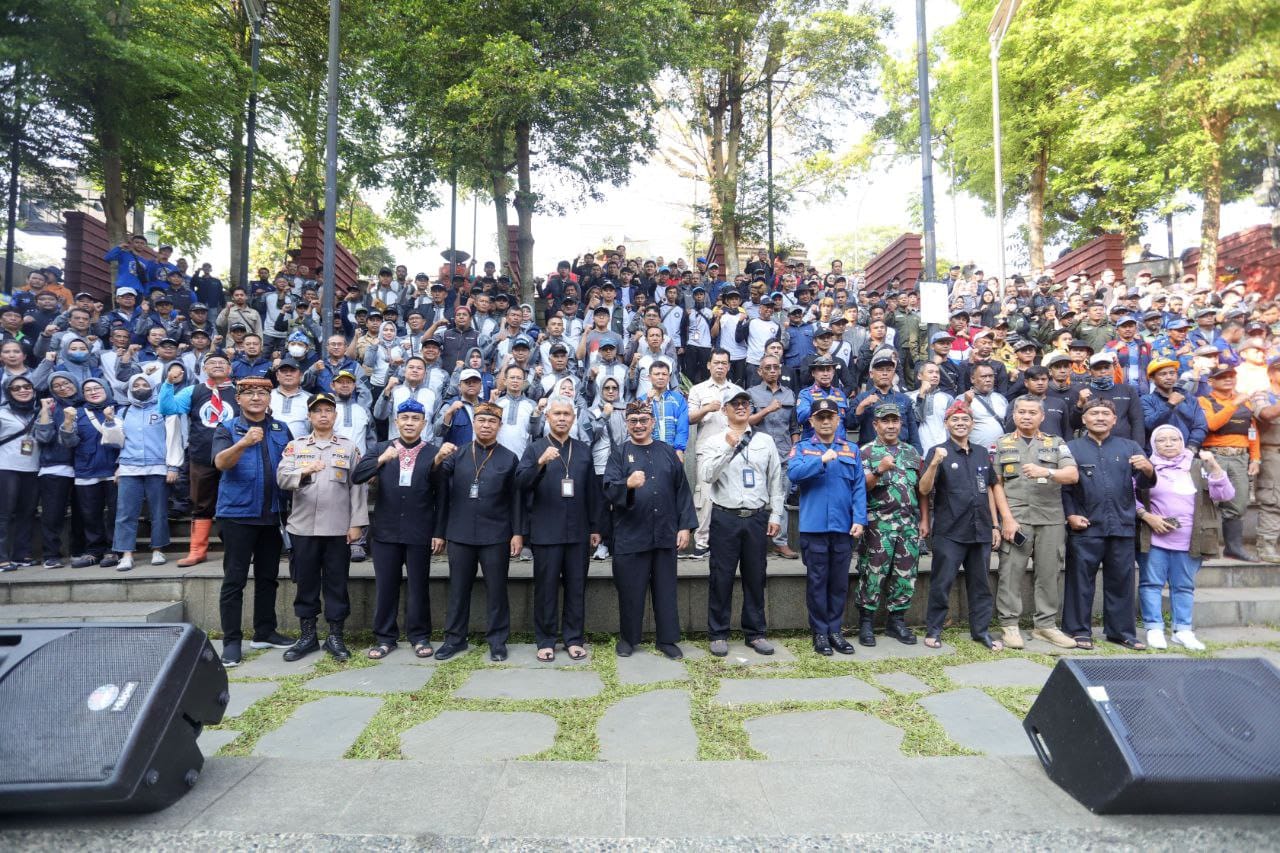Let's Get to Know the West Java Struggle Monument
The Struggle Monument is one of the most famous monuments in the city of Bandung. Located at Jalan Dipatiukur Number 48, this monument was built to commemorate the struggle of the people of West Java against the invaders.
This monument is directly opposite Gedung Sate and its back is Mount Tangkuban Parahu.
The guide at the Struggle Monument, Mochamad Rikrik, said that the construction of the Struggle Monument took 4 years. Starting from the laying of the first stone on June 1, 1991, and inaugurated by the Governor of West Java, Raden Nana Nuriana on August 23, 1995. The architects of this building are Slamet Wirasonjaya and an artist, Sunaryo.
To the top, visitors will climb 17 steps and there are also 8 pillars. The shape of this monument is a circle with a diameter of 45 meters. These numbers symbolize Indonesia's independence day, which is August 17, 1945.
At the top, towering 5 pieces of monument that symbolizes the basic symbol of the State of Indonesia, namely Pancasila. The height of the monument is 17 meters which symbolizes the date of Indonesian independence.
The monument is shaped like a bamboo which is a symbol of the people of Bandung. Because since ancient times the people of Bandung have been associated with bamboo.
In addition, the shape of the monument such as bamboo spears also explains that the tool of war used by the Indonesian people against the invaders was bamboo spears.
It is known, in the past, that women who gave birth would have their placentas cut off using a hinis, a cutting tool made of bamboo. In addition, boys who are circumcised will be cut using hinis.
On the right and left sides of the Monument of Struggle, there is a relief that tells the journey of the struggle of the people of West Java. Starting from the kingdom period, the arrival of colonial troops, to seizing and defending independence.
At the end of the relief, there is an entrance to the Struggle Monument Museum which is located just below the monument. The contents of the museum explain about events and figures in West Java.
At the beginning of its pioneering in 2012, the museum was still referred to as a showroom. Because to become a museum, there are several conditions that must be met. Only in 2018, the showroom can be called a museum, along with the increasing collection.
This museum provides several rooms and facilities that can be used by museum visitors, such as an auditorium, documentary room, diorama room, historical object exhibition room, and a library.
When entering, visitors will be presented with several photos of warrior figures from West Java. There are also 12 mannequins with various ancient warrior uniforms standing neatly in a glass case.
The auditorium is used to show struggle films that are adapted to the age of visitors. The capacity of visitors, which reached 150 people, is now limited to 50 people since the Covid-19 pandemic.
There is literacy about warriors from the royal era, education heroes, and politicians in West Java. There is also a brief history as well as the flags of each district/city, and photos of heritage buildings that are mostly found in the city of Bandung.
Furthermore, 9 dioramas are shown that tell various events. There were the events of the entry of the Portuguese into Indonesia, the Bandung Sea of Fire incident, the Linggarjati agreement, and other events.
The last room is the historical object showroom. Some relics from Raden Ayu Lasminingrat, Dewi Sartika, Inggit Garnasih, R.E Martadinata, I.R Juanda, Otto Iskandar Dinata, and Mak Eroh were exhibited.
Relics from the colonial era are also exhibited here. There are weapons, steel helmets, binoculars, machetes, telephones, laken hats, iron suitcases, spears, kris, samurai, katana, and VOC pistols.
To visit this monument, visitors are free of charge. Monuments and museums operate from 08.00-16.00 WIB on Monday-Friday, and are closed on Saturday-Sunday, as well as national holidays. Visitors can make a reservation a week before visiting the West Java Regional Cultural Management UPTD office. (riyan/sinta)**
Head of the Bandung City Communication and Information Technology
Yayan A. Brilyana




